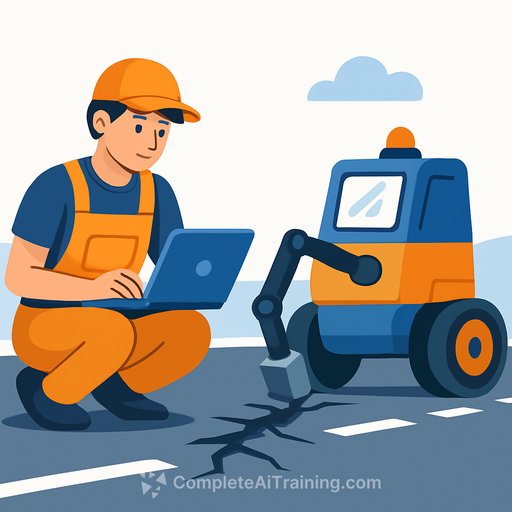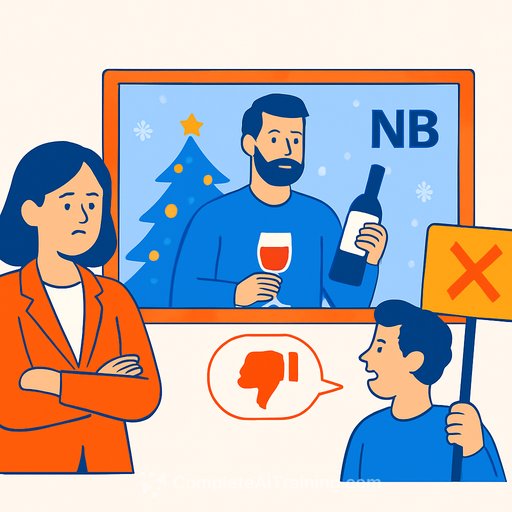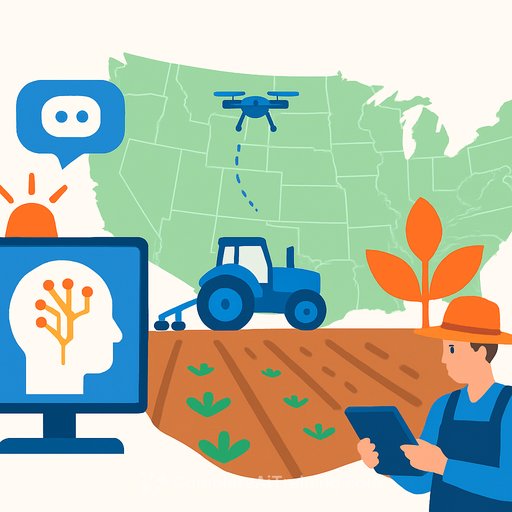Gen Z engineers, 996 hours, and AI: How Cyvl helps governments pave more miles for less
In Somerville, Massachusetts, a team of twentysomethings is taking a hard problem most cities tolerate and turning it into a simple weekly workflow. The company is Cyvl, co-founded by Daniel Pelaez with college friends Noah Budris and Noah Parker at age 21. Their mission: give public works teams a live, objective picture of every road, sidewalk, sign, and tree-then turn that data into a prioritized plan that stretches budgets further.
The results are getting attention. Cyvl says it has worked with 400+ municipalities and has over 100 active clients. Some agencies report paving up to four times the mileage with better data and planning.
The origin: a road crew, a pickup truck, and binders
Pelaez took a public works job one summer and found the process familiar to many of you: drive around at dawn, find what's broken, log it, repeat. The "system" was calls from residents and three-ring binders from past audits that were out of date after one winter.
Back at Worcester Polytechnic Institute, he saw how LiDAR and robotics in self-driving research could be repurposed for government asset management. As sensor prices fell from six figures to a few thousand dollars, the idea became practical.
What Cyvl actually does
Cyvl ships a plug-and-play sensor kit that mounts to vehicles you already run. As crews follow normal routes, the kit scans streets and sidewalks and captures signs and roadside assets. Data flows into Cyvl's Infrastructure Intelligence Platform, where AI flags cracks, faults, and deficiencies, then generates a prioritized work plan tied to budgets.
You get a clear map, a queue of fixes, and a maintenance plan you can defend in front of finance. No more binders aging out by spring.
AI isn't replacing engineers-it's removing the grunt work
Senior software engineer John Pignato puts it simply: "We're a team of problem solvers. I have trouble putting down problems that aren't solved." After a 2024 push to make AI core to the workflow, the team now prototypes faster and gets feedback in minutes instead of months. Engineers focus on decisions and edge cases; AI takes the repetitive reporting off their plate.
Pignato says they've already shipped multiple new products this year. That shipping pace is why other engineering leaders are calling to ask how to integrate AI into their own processes.
The work ethic-and its limits
The founders and early team ran "996" schedules: 9 a.m. to 9 p.m., six days a week. Pelaez admits it came close to burnout: "For like an entire year, we did not sleep." He's now carving out recovery time, but the culture is still intense. For agencies, that persistence matters-especially when you need a vendor to iterate with you, not months later.
Why this matters for your department
- Shift from complaint-driven patrols to continuous scanning and objective scoring.
- Build next year's paving plan with real condition data, not guesswork.
- Protect your largest line item by catching early deterioration and prioritizing preservation.
- Show clear ROI: coverage, accuracy, turnaround time, and cost per lane-mile improved.
How to pilot this in 60-90 days
- Define scope: target network (e.g., arterials and collectors), frequency, and baseline metrics (PCI, backlog, cost per lane-mile).
- Set acceptance criteria: detection accuracy, report delivery time, GIS/CMMS export, and usability for supervisors and crews.
- Use existing routes: mount sensors on vehicles already covering the city weekly (solid waste, street sweeping, or parking enforcement).
- Plan the handoff: agree on data ownership, retention, and how imagery is secured.
- Publish a simple dashboard so finance and council can see progress and tradeoffs.
Questions to ask any vendor
- How is the AI validated? What are false positive/negative rates on cracks, rutting, and sign condition?
- What's the refresh rate for full-network scans, and how is calibration handled?
- Can we export standard GIS layers and integrate with our CMMS without custom code?
- Who owns the data and imagery? What are the retention and sharing policies?
- Which cities like ours can we call as references?
Team and traction
Cyvl's founding team started at age 21 and now runs a group of about 30, with an average age in the mid-20s and seasoned leaders in sales, product, and government relations. The company reports millions in annual revenue and consistent growth. The throughline: relentless shipping, quick feedback loops, and a bias for field reality over theory.
Context for public works leaders
If you're building your asset management playbook, start with principles from transportation asset management, then layer in continuous data from fleet-mounted sensors. That's how you move from reactive repairs to proactive capital planning.
FHWA Transportation Asset Management offers a useful framework for funding, risk, and lifecycle decisions.
Bottom line
This story started with a pickup truck, a small-town road crew, and a lot of broken asphalt. It became a simple loop: scan, assess, prioritize, pave. For governments, the practical takeaway is clear-replace patrol-and-binder workflows with always-on diagnostics, then plan with data you can defend.
If your team needs a fast way to build AI fluency for vendor selection, data policy, and analytics, explore concise programs at Complete AI Training.
Your membership also unlocks:






